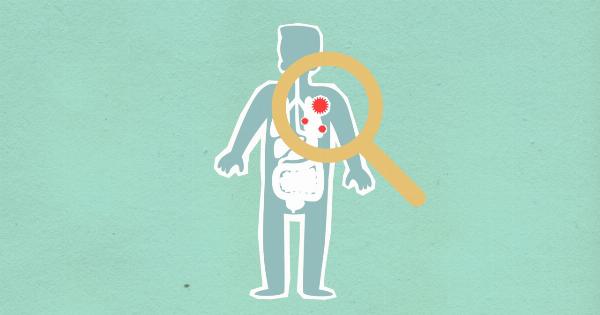Sexual development and the age at which individuals have their first sexual encounter can vary greatly among people.
While societal factors and personal experiences undoubtedly play a significant role in shaping an individual’s sexual behavior, recent studies have suggested that our genes may also contribute to the timing of our first sexual encounter.
Understanding Sexual Development
Sexual development is a complex process that involves a combination of genetic, hormonal, psychological, and environmental factors.
During puberty, the body undergoes various changes, including the development of secondary sexual characteristics and the awakening of sexual desires.
It is during this time that individuals typically begin to explore their sexuality and may choose to engage in sexual activities.
The age at which individuals have their first sexual encounter can be influenced by a myriad of factors, including cultural norms, peer pressure, family values, and personal beliefs.
The Role of Genetics
Scientists have long recognized that genetic factors play a vital role in shaping various aspects of human behavior, including sexual behavior.
Researchers have conducted numerous studies exploring the relationship between specific genes and the age of first sexual encounter.
Genes Associated with Sexual Behavior
A study published in the journal “Nature Genetics” identified several specific genes that may be associated with the age at which individuals have their first sexual encounter.
The researchers analyzed data from a large sample of individuals and found that variations in certain genes, such as the CADM2 gene, were linked to an earlier onset of sexual activity.
Another study published in the journal “Psychological Medicine” explored the role of the dopamine receptor D4 gene (DRD4) in sexual behavior.
The researchers found that individuals with a specific variant of this gene were more likely to engage in sexual activities at an earlier age compared to those without the variant.
The Influence of Hormones
Alongside genetic factors, hormones also play a crucial role in sexual development and behavior. Hormones like testosterone and estrogen are responsible for the development of secondary sexual characteristics and the emergence of sexual desire.
Studies have revealed that individuals with higher levels of testosterone may exhibit more promiscuous behaviors and engage in sexual activities at an earlier age.
Similarly, higher levels of estrogen in females have been associated with an earlier age of first sexual encounter.
Environmental Factors
While genetic and hormonal influences are important, it is essential to recognize the significant role that environmental factors play in shaping an individual’s sexual behavior.
Cultural, social, and familial contexts all contribute to the decisions individuals make regarding their sexual activities.
For example, societal attitudes towards sex and relationships can either encourage or discourage earlier sexual exploration.
The presence of comprehensive sexual education programs in schools can also influence individuals’ knowledge, attitudes, and behaviors regarding sex.
The Nature vs. Nurture Debate
The age of first sexual encounter has been at the center of the long-standing nature versus nurture debate.
Advocates of the nature theory argue that genetic and biological factors are the primary drivers, while proponents of the nurture theory believe that environmental factors, such as upbringing and socialization, have a larger influence.
However, it is important to note that the nature versus nurture debate is often oversimplified. Sexual development and behavior are the result of a complex interplay between genes and the environment.
Both nature and nurture are crucial in understanding why individuals have their first sexual encounter at a particular age.
Understanding Individual Variations
It is essential to remember that despite the evidence pointing towards a genetic influence, individual variations in the age of first sexual encounter are substantial.
While some individuals may have their first sexual encounter at an early age due to genetic and environmental factors, others may choose to engage in sexual activities later in life.
Factors such as personal values, religious beliefs, cultural norms, and emotional readiness also play a significant role in shaping an individual’s sexual behavior.
Each person’s journey of sexual development is unique and influenced by a multitude of factors.
Implications and Future Directions
Understanding the role of genetics in determining the age of first sexual encounter can have important implications for sexual health education and interventions.
By identifying specific genetic factors associated with early initiation of sexual activity, targeted interventions and support systems can be developed to assist individuals who may be at higher risk.
Further research is needed to delve deeper into the relationship between genetics and the age of first sexual encounter.
Larger studies with diverse populations are necessary to identify additional genes and understand how they interact with environmental factors to shape sexual behavior.
Conclusion
While the age of first sexual encounter is influenced by a combination of genetic, hormonal, and environmental factors, recent research suggests that our genes indeed contribute to this aspect of our sexual development.
Specific genes associated with sexual behavior, along with hormonal influences and environmental factors, collectively shape our sexual journey.
It is important to recognize the significant individual variations in the age of first sexual encounter and the complex interplay between genetics and environmental factors.
By understanding these influences, we can develop targeted interventions and support systems to promote healthy sexual development and behavior.





























